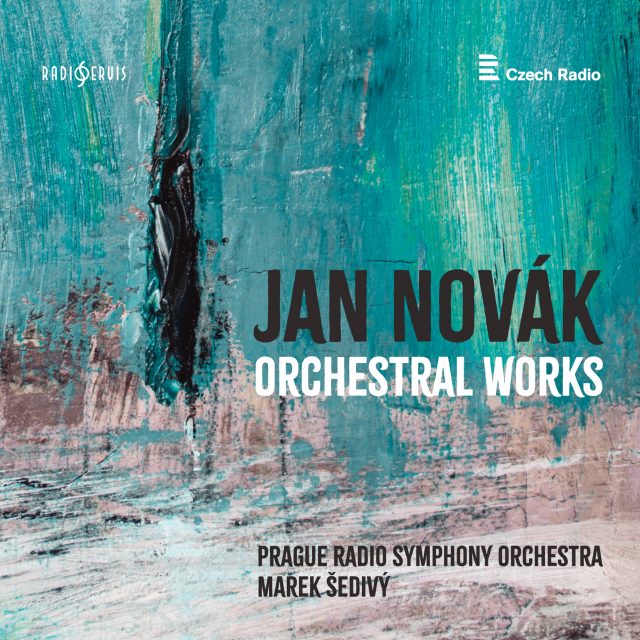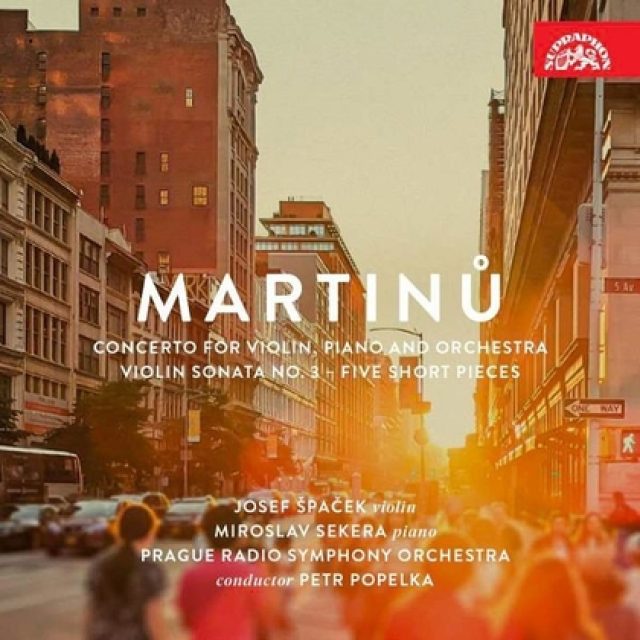The Christian Lingberg Phenomenon
The celebrated Swedish musician, who devotes himself equally to conducting, playing the trombone and composing, was the Prague Radio Symphony Orchestra’s guest at the Rudolfinum’s Dvořák Hall.
Jako virtuózní trombonista, jehož dokonalá technika i zdánlivě neomezené fyzické možnosti inspirovaly vznik více než tří set nových děl pro trombón, jako dirigent mistrně interpretující díla klasiků skandinávské hudby a jako originální skladatel.
As conductor, Christian Lindberg has selected a piece by another Scandinavian, the Danish high Romantic composer Carl Nielsen, to open the evening, in which he will perform all three roles.
Nielsen’s compositional aesthetic was based on creating something new “by adhering to the old methods”. The Helios Overture was written during the composer’s sojourn in Greece and was inspired by his sensations while experiencing the sun rising above the surface of the sea.
A noteworthy manuscript, a serenade by Leopold Mozart, father of the famous Wolfgang Amadeus and in his day a recognised figure in the music world, was discovered quite recently at a Benedictine monastery in Austria’s Seitenstetten. The serenade comprises movements for various solo instruments, with three intended for alto trombone, a now relatively rare type of trombone with a high pitch.
As it was common practice to play a selection of movements from these great serenades, and also because the alto trombone repertoire is rather limited, musicians gladly reached for the “novelty”. It represents a perfect example of Leopold Mozart’s restrained style.
Prior to the interval we will also get a glimpse into the artistic working process of the guesting sorcerer Christian Lindberg, who will this time perform as trombonist and conductor, what’s more on his own opus The Tale of Kundraan. Since its world premiere in spring last year, it has been performed many times at a host of venues, including on a tour by the Israeli Philharmonic Orchestra helmed by Zubin Mehta.
The piece was written for solo trombone, orchestra, recitation and iPad. The main trombone part has been performed everywhere by the composer himself and he has also taken the main recitation part, with the rest of the recitation being pre-recorded. It is based on Faust, with the protagonist making a bargain with the devil for artistic fame. However, the artist fails in an attempt to interpret Stravinsky’s Rites of Spring. Reactions to performances of the piece have been mixed – we shall see how it connects with the audience at the Rudolfinum.
Following the interval we can look forward to the Second Symphony in D major by Jean Sibelius, a Finn who in his youth was greatly inspired by Tchaikovsky. His music is characterised by dark instrumentation that accentuates the deep instruments. While his First Symphony is popular and frequently played, it is the composer’s Second Symphony that is regarded as the birth of the “real” Sibelius.



